[POLL] Is staying loyal to Samsung becoming painful with all the recent hardware downgrades they've made to premium Galaxy phones?
— PiunikaWeb (@PiunikaWeb) September 19, 2021
Vote below & read our opinion story here: https://t.co/TVC6CKTXIV
New updates are being added to the bottom of the story…
Original story (from Sep 19) follows:
Samsung’s smartphone software wasn’t the most likeable out there until the recent One UI release that was first introduced with Android 9 Pie.
“Samsung’s One UI is the best software it’s ever put on a smartphone”, read The Verge’s headline back then. But still, there remained question marks over how often Samsung would update the new skin.
Samsung has already addressed this aspect with a promise of 3 Android OS upgrades for its premium and select midrange Galaxy phones, alongside 4 years of security updates.
As I pen this, One UI 4.0 is out, the earliest we’ve seen Samsung release a beta firmware in recent times. And it goes to show how much the company’s perspective on software updates has changed. And that too for the better.
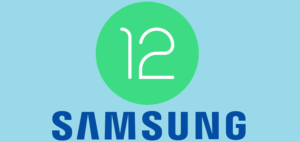
TouchWiz wasn’t the most desirable custom Android skin. Bloatware, unnecessary features and some questionable visual elements that are nowhere close to the current One UI characterized it.
Many hoped Samsung switching to the Nougat-based Experience skin would address these issues, but that wasn’t the case even after the upgraded Oreo-based version.
Samsung knew this too and quickly made up for this with the release of a completely overhauled One UI based on Android Pie. This was the first statement of intent.
Samsung built the new skin from scratch, this time focusing on making an easier user experience. In particular, one-handed mode was a much-needed addition owing to the growing size of phones, and One UI 1.0 indeed didn’t disappoint on this front.
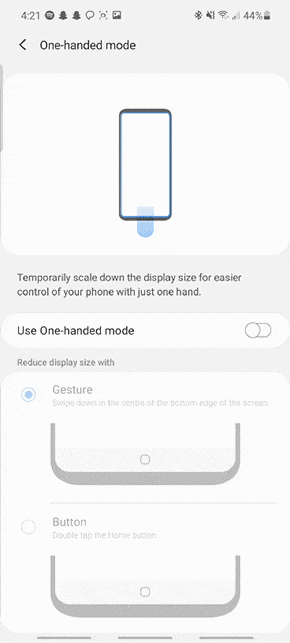
Rather than move in with massive changes and big feature additions, the successive iteration to One UI 2.0 only focused on refinements with a few new features here and there, some coming through incremental updates.
Samsung further cleaned things up with One UI 3.0, coming in with an overhauled look and feel that made the entire software look way cleaner and sleeker than anything before it.
With One UI 4.0, which has Android 12 at the base, this One UI refinement streak continues. There are quite a number of new privacy features and several others focused on usability, but nothing groundbreaking.
That said, it is obvious that Samsung’s major focus over the recent past has been on making One UI more appealing to the eyes and enjoyable to use through regular improvements to existing features.
No doubt this was much needed after years of poorly-optimized software, but it seems this One UI excellence is coming at the expense of the good hardware we’ve all gotten used to see on flagship Samsung phones.
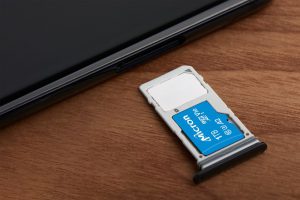
Over the same period that One UI has grown to become one of the best Android skins, Samsung’s smartphone hardware has been on some kind of downward spiral. Recently, we even saw Xiaomi surpass it to top charts in Europe.
With One UI software doing better than ever before, perhaps this slump could partly be blamed on some of the questionable smartphone hardware decisions Samsung took in recent times.
The recently launched iPhone 13 series has storage options of up to 1TB. The last Samsung flagship smartphone to come with a similar storage option is the Galaxy S10.
Not even the recent Galaxy Z Fold3 5G has this option, instead it maxes out at 512GB. This is where a microSD card slot would’ve come in handy, but for some reason, Samsung ditched this too.
They got rid of MST support for contactless payments in the U.S. earlier this year too and of course, the famous headphone jack.
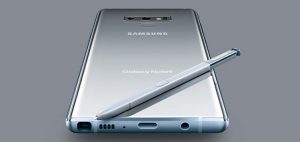
Fans of the IR blaster, yours truly top on the list, can no longer go for Samsung phones, and most of us think it was a terrible idea to ditch this technology.
Another that also saw the door is the iris scanner alongside the main camera’s dual aperture. The latter was a cool idea that perhaps needed time for more refinements, but it never went past the Galaxy S9, S9+ and Note 9.
After years of using curved screens, Samsung ditched this design with the Galaxy S21 series. Some perhaps are cool with this, but it’s not easy outgrowing something you’ve gotten used to for years.
The S21 series also misses out on the heart rate sensor, although the Galaxy S20 series was the first to suffer this blow. But perhaps one of the most shocking decisions was downgrading to 1080p panels on non-Ultra devices.
Not even Apple, which was notorious for shipping non-Pro/Plus models with an HD screen, does this these days. The standard iPhone 13 has the same resolution as the Pro model and so did the iPhone 12 before it.
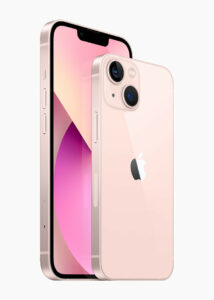
There are several other hardware “downgrades” that Samsung has made over the recent times, among them ditching dual selfie cameras on premium devices and lack of super fast charging to match the Xiaomis and Oppos of this world.
Heck, Samsung even ditched the Galaxy Note series during this same period, a phone that was quite revered by many, and there seems to be no plans to bring it back.
All these hardware decisions have come at a time when Samsung is making some of the best software choices, which makes me wonder, did all the One UI excellence come at the expense of cutting edge hardware on flagship Samsung phones?
Let us know what you think in the comments section below. Feel free to also cast your vote on the Twitter poll, with the results to be shared after a week.
Update 1 (Sep 26)
The results for the poll are live, with 100% of the voters agreeing that staying loyal to Samsung is indeed becoming painful with all the recent hardware downgrades they’ve made to premium Galaxy phones.
In case you missed the poll, you can leave your thoughts in the comments section on the bottom of this page.
PiunikaWeb started as purely an investigative tech journalism website with main focus on ‘breaking’ or ‘exclusive’ news. In no time, our stories got picked up by the likes of Forbes, Foxnews, Gizmodo, TechCrunch, Engadget, The Verge, Macrumors, and many others. Want to know more about us? Head here.

![[Poll results out] Samsung's excellence with One UI software may have come at the expense of smartphone hardware [Poll results out] Samsung's excellence with One UI software may have come at the expense of smartphone hardware](https://piunikaweb.com/wp-content/uploads/2021/06/One-UI-logo-FI-new.png)

